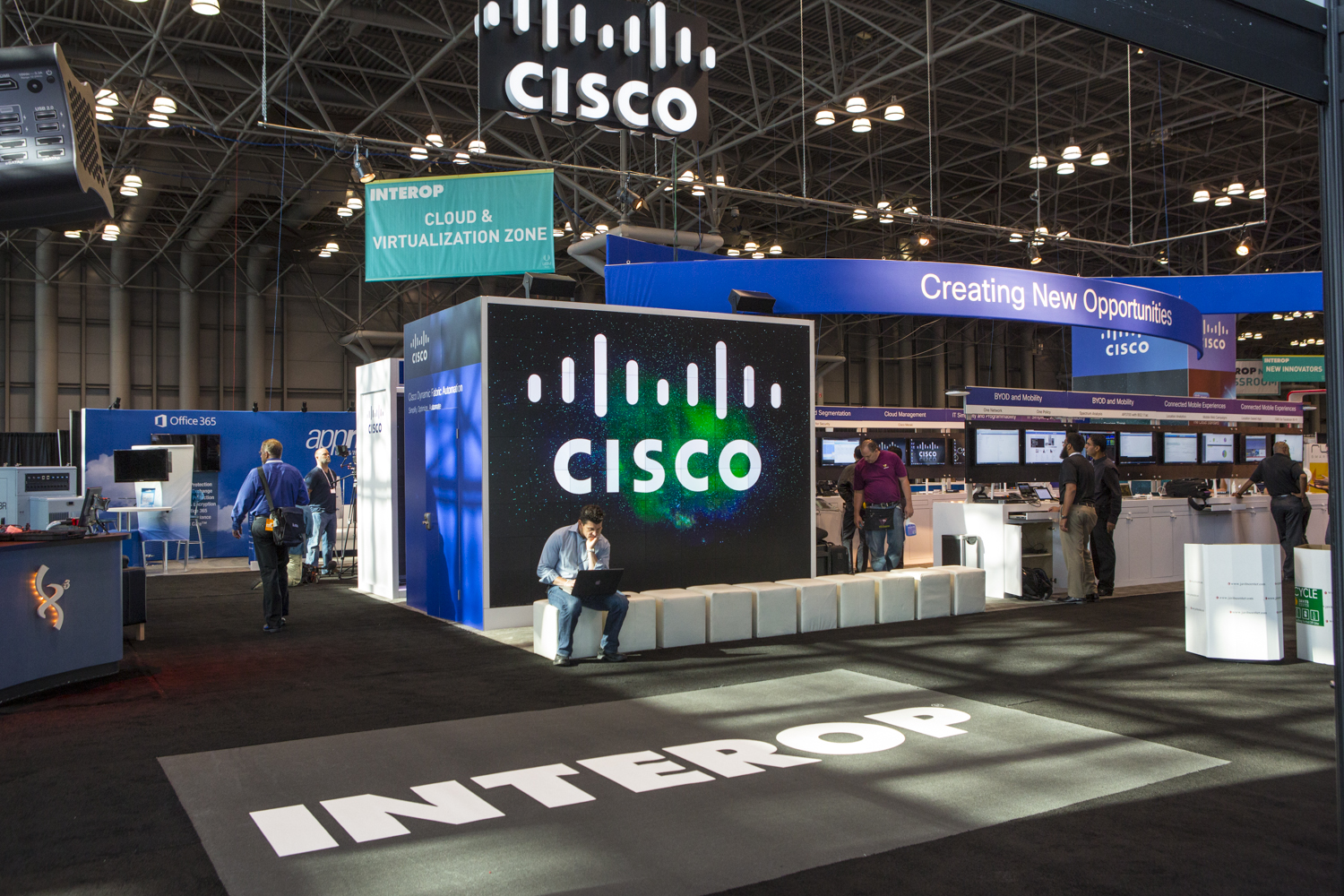In a few days, I have the opportunity to discuss how the Internet of Everything (IoE) is opening up new levels of innovation, business models, and economic opportunity to CIOs and IT leaders at the Gartner Symposium/ITxpo 2013.
It’s no small task explaining the vast possibilities the Internet of Everything can offer, but here’s a sneak peek of the key points including:
- Understanding the Internet of Everything. Despite all that is connected to the Internet, more than 99% of the world is still unconnected. As IoE works to connect people, process, data, and things that were previously unconnected, networked connections will become more relevant and more valuable than ever before, especially as we connect in new ways.
- The Tremendous Value at Stake. Cisco predicts that $14.4 trillion of value will be “at stake” over the next decade. That’s the combination of increased revenues and lower costs that is created or will migrate among private-sector companies and industries over the next 10 years. IoE has the potential to grow global corporate profits by an estimated 21% by 2022.
- Examples of Real-World Innovation. IoE is changing our lives in fields such as education, healthcare, and Smart+Connected Communities. Imagine how networked connections can bring together employees, teachers, students and more to increase productivity and efficiency. We are just cracking the surface of what’s possible.
- Technology Implications and Solutions for the IoE Economy. The network is the only connection point that touches everything (people, process, data and things) and must provide an intelligent, manageable, secure infrastructure that can scale to support billions of context-aware devices.
If you are attending the Gartner Symposium/ITxpo 2013, join me on October 7 as I demo real-world scenarios and offer steps today’s IT leaders can start taking now to capture the IoE Value at Stake. I look forward to seeing you there.
Presentation Title: Networked Connections Drive Business Innovation: The Internet of Everything
Date and Time: Monday, October 7, 2013, 3:45-4:30 p.m. ET
Gartner Symposium/ITxpo in Orlando, Florida



 I’ve always liked this quote from one of the best TV shows of all time. And in an age where things are constantly changing, it’s never been more relevant. Today’s grandparents and parents spent their childhood in a world without sensors, smart phones and network capable devices at their fingertips. Our children, however, are growing up in a drastically new world. A world where everything is instant, where networked devices are part of their everyday lives and technology is in everything they do. This world enables unlimited potential and unlimited connections that can impact a child’s life for the better. So how will the
I’ve always liked this quote from one of the best TV shows of all time. And in an age where things are constantly changing, it’s never been more relevant. Today’s grandparents and parents spent their childhood in a world without sensors, smart phones and network capable devices at their fingertips. Our children, however, are growing up in a drastically new world. A world where everything is instant, where networked devices are part of their everyday lives and technology is in everything they do. This world enables unlimited potential and unlimited connections that can impact a child’s life for the better. So how will the 

CONNECT WITH US